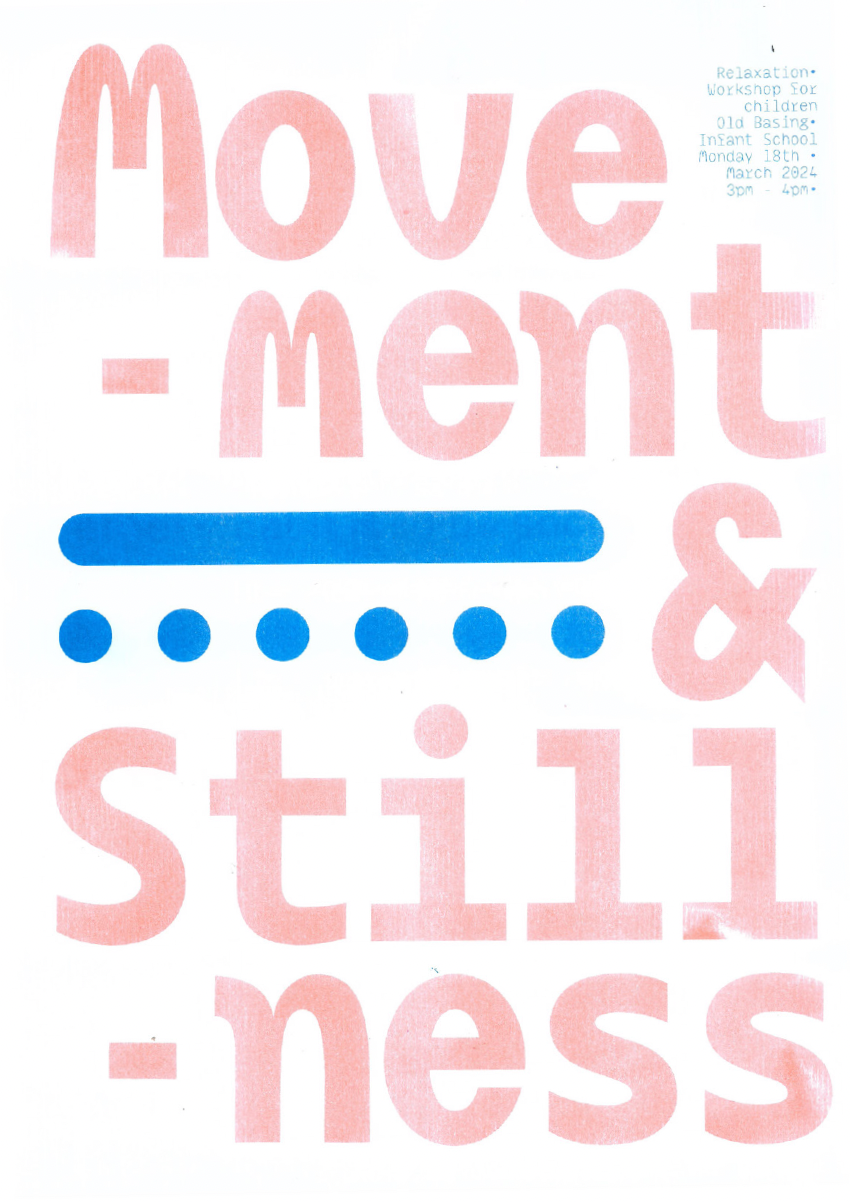Movement & Stillness
The inspiration for this project came from observing the high levels of happiness reported in Scandinavian countries, where mindfulness and emotional education are integral parts of the culture.
My outcome, ’Movement and Stillness’, is a game for children aged 7-10 which can be installed on large digital screens in schools and communal areas. The game encourages children to identify their feelings non verbally by using colours and signals before suggesting a suitable game to help work through those feelings and emotions. Each game involves a relevant exercise like deep breathing and physical exercise, to release stress and regulate the nervous system. My aim was to create a solution for children who lack access to the right tools and skills to understand their own feelings and address them through appropriate exercises provided by fun and engaging mini-games.

The inspiration for this project came from the concept of Genetic Distance, which is the measure of genetic variation in humans. Research shows that individuals with Scandinavian ancestry may have a lower chance of experiencing low mood and depression in their lifetime, even if they have never lived there. While this suggests that happiness can be influenced by genetics, cultural and environmental factors also play a significant role. Scandinavian children are often introduced to relaxation methods from an early age and spend more time outdoors engaging in physical activity than children in other parts of the world. This debate of ‘nature or nurture’ became the foundation for Movement and Stillness.
Through a children’s workshop focused on alternating between movement and stillness, I explored how these transitions impact both the body and the mind. Movement raises the heart rate, while stillness lowers it, and learning to switch between the two helps train the body to self regulate in states of overstimulation. Movement and stillness combines global relaxation practices with physical activities to support emotional regulation.
The visual identity of Movement & Stillness draws inspiration from the tactile tone of voice and vibrant textures of risograph printing. This method, known for its bright and playful colours, evokes a sense of childlike fun and creativity - perfectly suited to the app’s target audience. To compliment this approach, I selected the typeface BT Mikser for it’s playful and bold qualities. It’s child-friendly design adds an engaging and approachable element, making it more appealing to young users. Together, the vibrant colours and inviting typography create an identity that captures attention and encourages children to interact with the app for extended periods.
The app is designed for both home use and installation on larger digital screens in schools or play areas. Children begin by selecting a character that best reflects how they feel, using colours to express their emotions. This approach ensures accessibility for a range of ages. Based on their chosen emotion, the app suggests tailored activities. For example, a child who selects “angry” might play Take Off Time, a game where they blow up a balloon and release it - a playful breathing exercise that helps calm the nervous system and release bottled up emotions through visualisation. By engaging children in interactive games that balance exercise and mindfulness, Movement & Stillness fosters emotional awareness and self regulation in a way that is fun, engaging and accessible.






